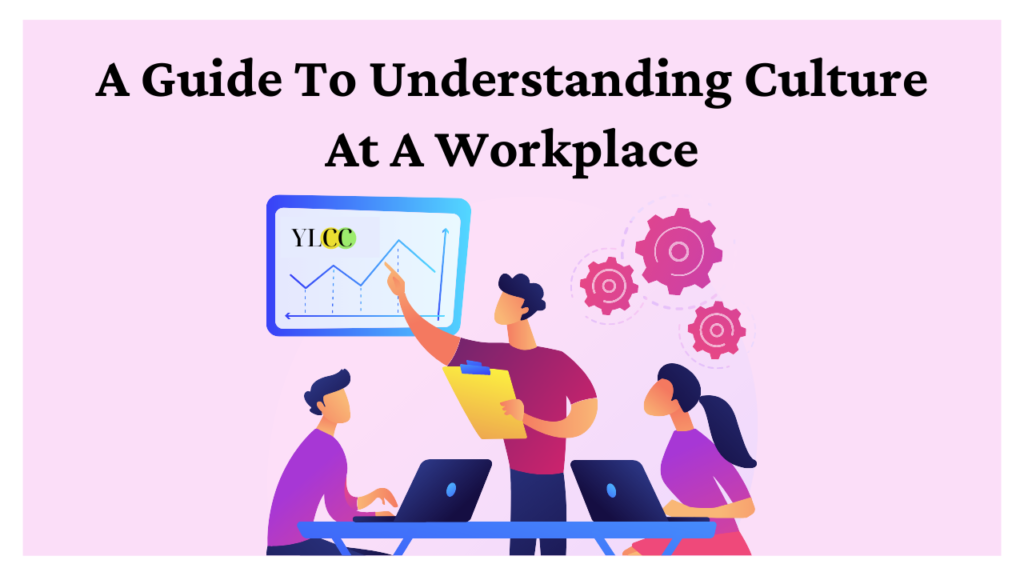
Professional etiquette is a set of unwritten and unspoken rules that determine what is considered appropriate
behavior in a work environment. The rules of etiquette are unique to every organization and are based on its
culture. You will have to assess what is appropriate in your work environment.
In this article, Team YLCC brings you a number of aspects, paying attention to which can help you understand an organization’s culture:
WORK STYLE AND COMMUNICATION
• How does work get done? Collaboratively? Independently? A combination?
• How are decisions made? Consensus-driven? Authoritatively?
• How are things communicated? Verbally or in written form? Directly or indirectly? Voicemail, email, or
in person?
• How often do people communicate with one another?
• What do people write to one another? What is said in memos or emails? What is the tone of messages
(formal or informal, pleasant or hostile, etc…)
• What are meetings like? Serious? Lighthearted? Tightly or loosely structured?
• Who speaks up at meetings? Everyone? Just those above a certain level?
• How is conflict handled? How are differences treated?
VALUES
• What words do people use to describe the organization?
• What do people appreciate about working at the organization? What do people find challenging or seem
to struggle with at organization?
• What do people get emotional about? (People get excited or upset by things that are important to
them.)
PROFESSIONAL OPPORTUNITIES AND ADVANCEMENT
• What types of people tend to do well here? Individual contributors? Team players? People who are
proactive or more responsive?
• How are people who do well rewarded?
• What happens when people don’t perform well? Is feedback given and how?
• How is the organization and/or department structured? Hierarchical or flat? Centralized or decentralized
authority? Clear reporting structures or matrix?
Work hours and commitment to work:
• How many hours a week are employees expected to work on average? How does this expectation match
up with the hours actually worked?
• When do colleagues arrive at work, and when do they leave?
• Do meetings start promptly?
• How long do people leave for lunch? Do they sit at their desks while eating?
• Does the organization provide flexible work schedules or allow for telecommuting, or do they prefer
people to work set hours?
• Do employees take time off regularly or during certain periods of time?
• Is travel expected and how much?
• Are employees expected to be available and accessible after work hours?
• Are employees expected to stay a certain number of years or expected to transition frequently?
ARCHITECTURE, AESTHETICS AND ATMOSPEHRE
• How are offices set up? Open environment? Closed-door offices?
• How much space is given to whom? Where are people located?
• What is posted on bulletin boards or displayed on walls?
• What is displayed on desks or in other areas of the building?
• How are common areas utilized?
• Are special occasions celebrated (birthdays, baby showers, holidays, organizational successes)?
• How do people dress? More formally? Less formally?
• What do people do for fun?
• Do employees socialize outside of work?
• Do employees go out to lunch? Have lunch together? Eat at their desks?
YLCC would like to thank Sachet Labroo for his valuable insights in this article.






